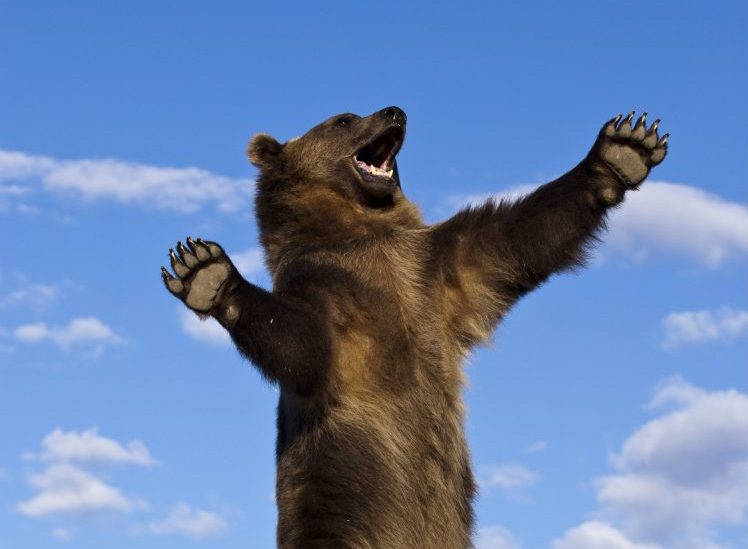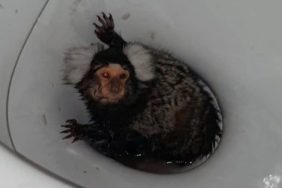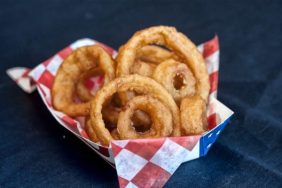Elizabeth Banks is all set to direct a new movie about the real-life cocaine bear, currently entitled, yep, Cocaine Bear. The actress who’s known for playing Effie Trinket in The Hunger Games is no stranger to the director’s chair, having won a Golden Rasberry for Worst Director for her hand in Movie 43. Insiders last reported Banks was tapped to helm a remake of The Invisible Woman for Universal Pictures but must have found the story of a cocaine-addled bear more intriguing. Obviously.
Here’s how the legend goes.
It was 1985, the height of the Regan-era war on drugs and, you guessed it, debaucherous drug use. A former narcotics officer turned drug smuggler had just moved a massive amount of Colombian cocaine into Kentucky and was parachuting from his plane when the unthinkable happened. His parachute didn’t open.
The smuggler’s body was found slightly more flattened than usual atop a Knoxville driveway, with a 77-pound bag of pure cocaine on his person. The plane he’d left on autopilot was discovered about 60 miles away in the Nantahala National Forest in North Carolina, where the legend of the cocaine bear begins.
What happened next is between god and the bear, but evidence suggests the bacchanal bear came upon a second bag of cocaine weighing approximately 75 pounds. Having nowhere else to be that day, the bear did what any self-respecting party animal would do in that situation: He ate the entire bag. The sheer quantity of Colombian gold he’d ingested would help explain how a 175-pound bear was able to travel another 60 miles to Chattahoochee National Park before his heart exploded from the biggest overdose in black bear history.
Today the legend continues, not only as a new movie but as the stuffed remains of a legendary party animal found inside local curio shop, the Kentucky Fun Mall. Renamed Pablo Escobear and gifted a sweet new trucker hat in 2015, we’d like to think the story of the cocaine bear has a happy ending.
If you love the story of the coke cub as much as Elizabeth Banks, check out these other party animals getting high in the wild. They may just inspire you on your next trip to the park.
Cover Photo: Mary Ann McDonald (Getty Images)
Dog house: Biden’s Rescue Dog Bites Mystery Man Inside White House
Must-see movies: ‘Nomadland’ Hits Home With Story of Life On the Road
Visit the Mandatory Shop for great deals on your very own Mandatory merch.
Follow Mandatory on Facebook, Twitter, and Instagram.
Cocaine Bear Animals
-
Wallabies on Opium
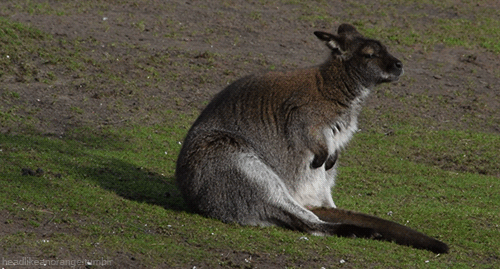
Did you know that Australia produces half the world's legal opium supply? And wallabies can't enough of the stuff. While kangaroos hog the spotlight, these little puffs are breaking into pharmaceutical poppy fields to gorge themselves on the opiates before falling asleep in blissful slumber.
-
Moose Eating Mushrooms
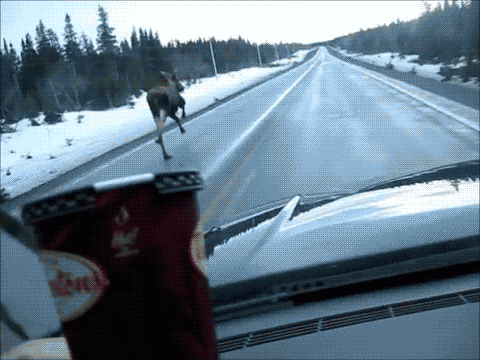
Great deers of the Frost love to feast on magic mushrooms. From reindeer to moose, this psychedelic past time explains a whole lot of strange stuff we've seen up there in the Great White North.
-
Dolphins Puffing Fish
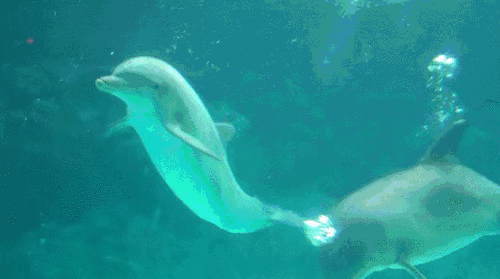
Dolphins are notoriously mischievous, and young ones are known to pass around a pufferfish that releases a neurotoxin when chewed upon. The effects have been described as euphoric, with several accounts of divers observing dolphins who stare at their reflection on the surface of the ocean for hours. We've totally been there, man.
-
Cows on Locoweed
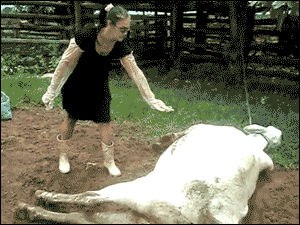
In the high plains of North America, chewing locoweed has become a favorite hobby of pasturing cows. The sedative effect puts them into a deep trance. So if you see a big heifer sleeping in the middle of the afternoon, do yourself a favor and don't wake it.
-
Dogs Licking Toads
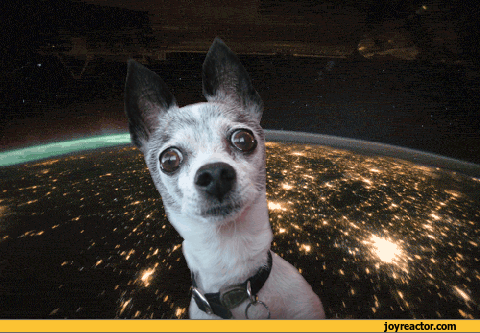
When cane toads invaded Australia in 1935, locals were furious. Dogs, on the other hand, were pretty stoked. Just one lick of a cane toad's toxic secretion is enough to trip balls for an entire afternoon. And stories abound of fluffy pups getting hooked on the high until they become wizened old greybeards and move on to bourbon.
-
Big Horned Sheep Tripping on Lichen
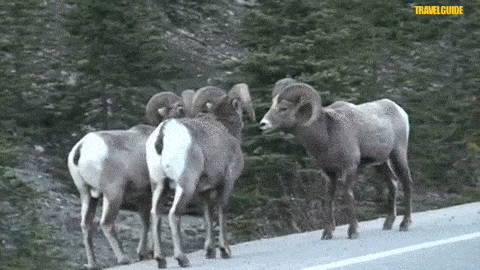
Way up high where the magic lichen grows, live big horned sheep who stray from the herd to take a different kind of trip. The psychoactive toxins released by the lichen give these majestic creatures a chance to enjoy the splendor of the Canadian Rockies from a whole new altitude.
-
Monkeys Smoking Tobacky
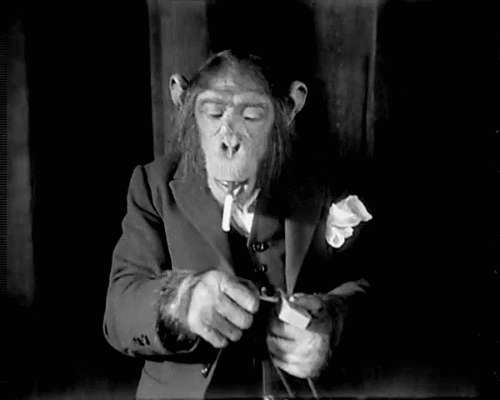
Humans and monkeys are genetically very similar, so it's no wonder that these primates enjoy many of the same vices we do. In fact, there's a whole tribe of monkeys in Cambodia that chain smokes a carton of cigarettes a day, a habit they've been unable to kick since the start of the pandemic.
-
Caterpillars on Coke
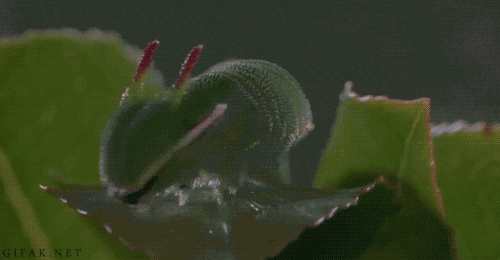
In Colombia, caterpillars were unleashed on the cartel coke fields in an attempt to curb the cultivation of cocaine. It didn't exactly work, but it did lead to millions of intoxicated caterpillars that grow into coke-dependent butterflies who are really fun to party with for a few weeks, but not great for a long-term relationship.
